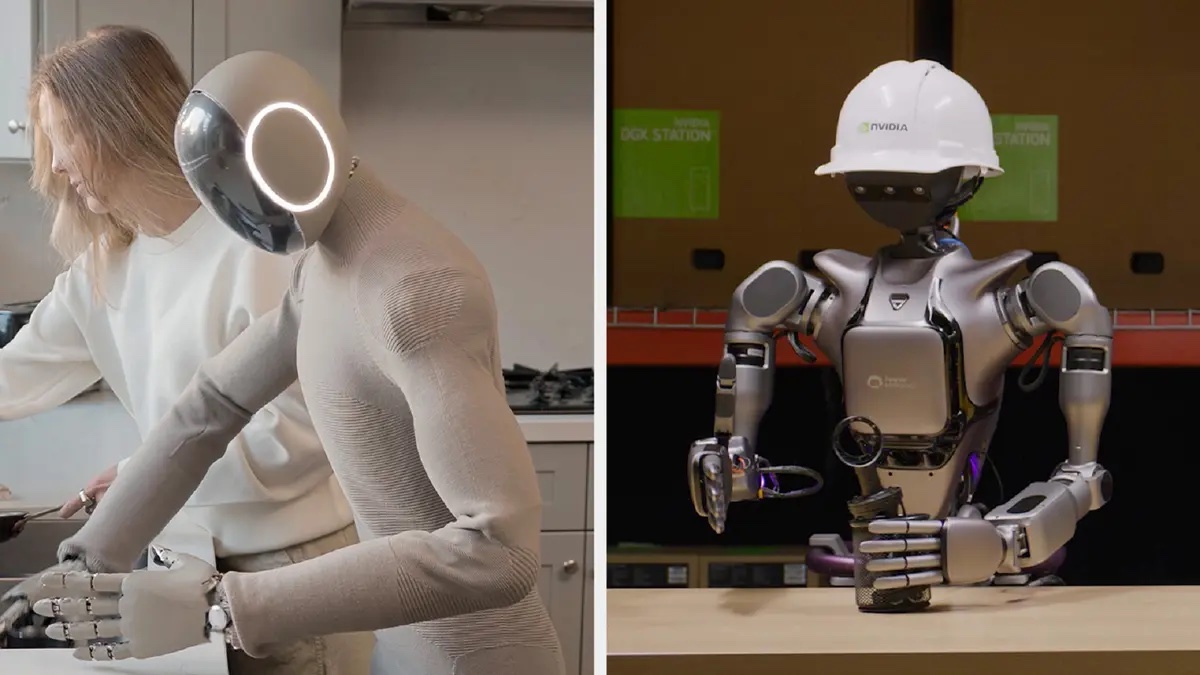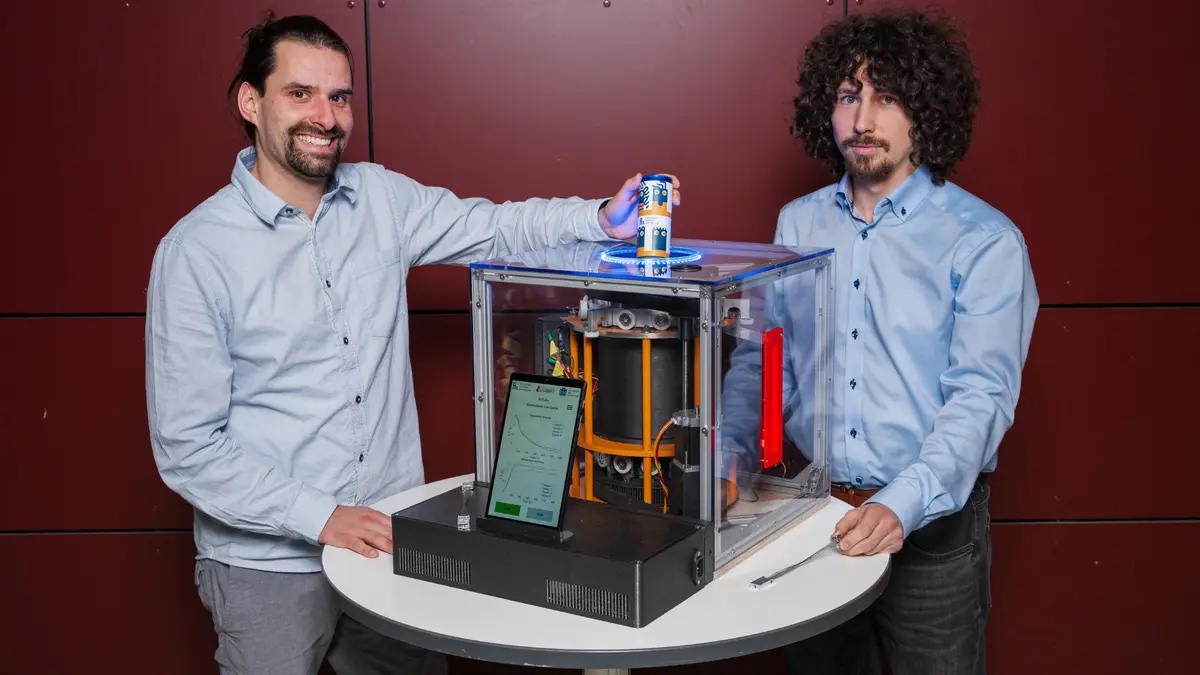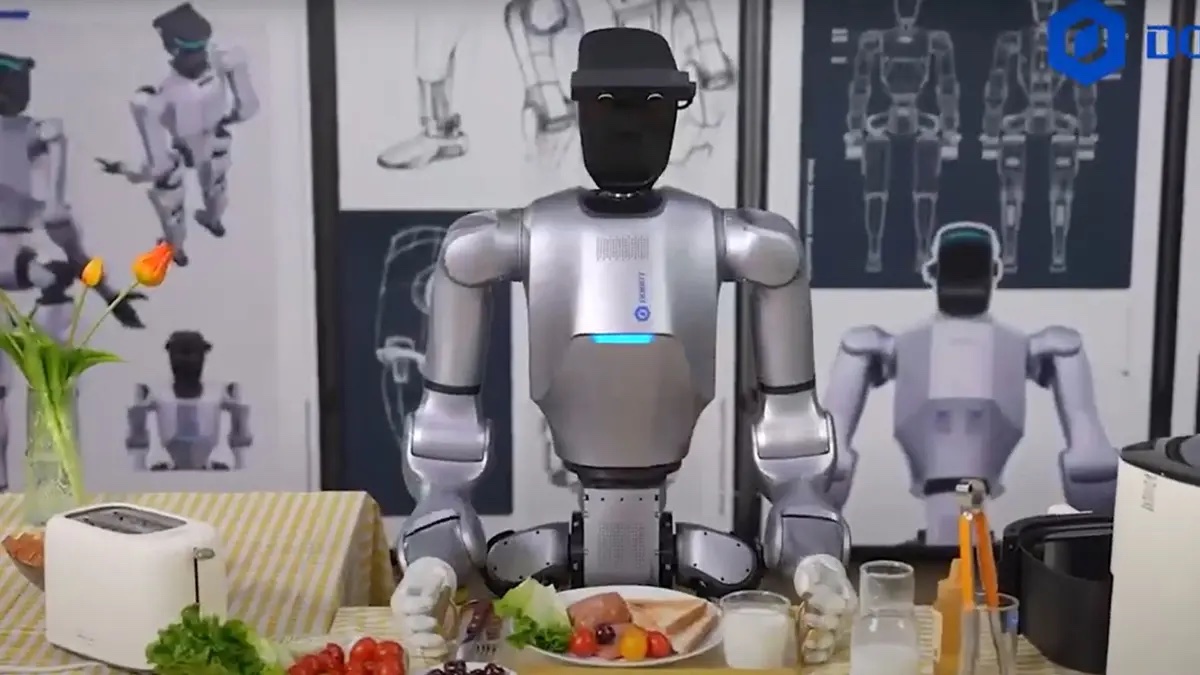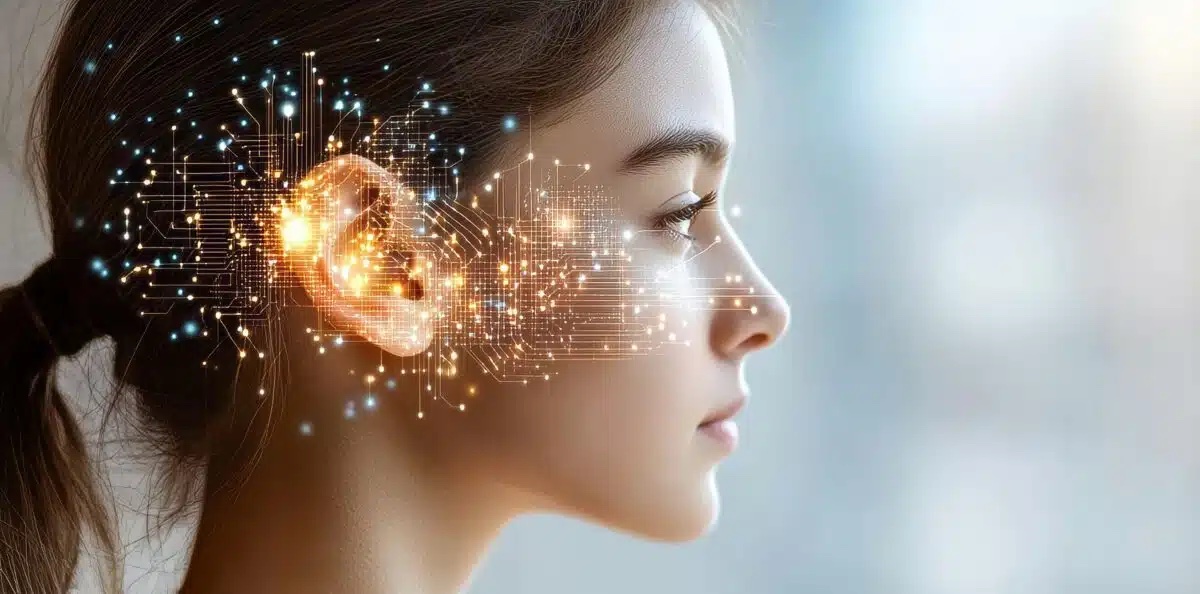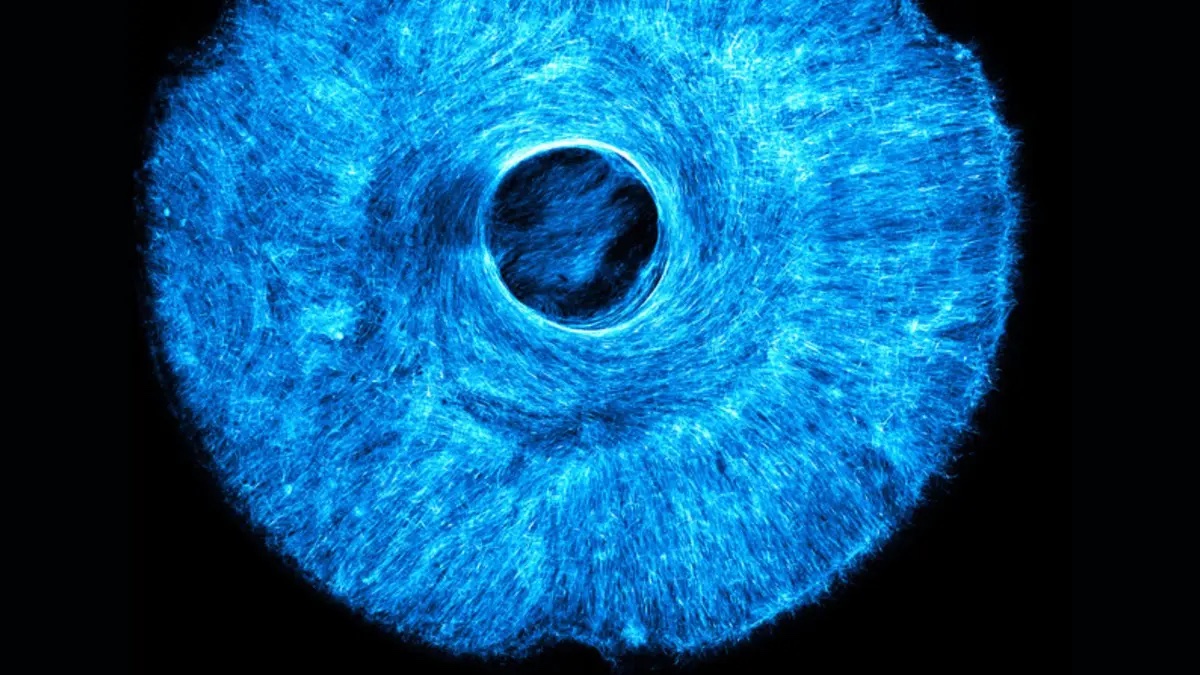The intensifying global climate crisis has prompted an urgent push for innovative solutions, one of which lies in carbon capture and storage (CCS) technologies. Among the highest emitters of carbon dioxide globally, the cement industry has long been a significant contributor to climate change. However, scientists are now harnessing this excess carbon dioxide to turn it into a sustainable solution.
A team from Northwestern University has made a groundbreaking discovery, finding a way to create carbon-negative building materials using seawater, electricity, and CO2. Their method captures CO2 and transforms it into materials like concrete and cement, while permanently storing the carbon and producing clean hydrogen gas in the process. Drawing inspiration from nature, their technique mimics how coral and mollusks form their shells. Rather than using biological energy like these organisms, the process substitutes it with electrical energy to drive chemical reactions in seawater.
Continue reading… “Turning CO2 into Carbon-Negative Building Materials: A Breakthrough in Sustainable Construction”

